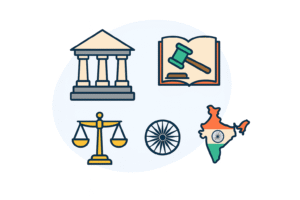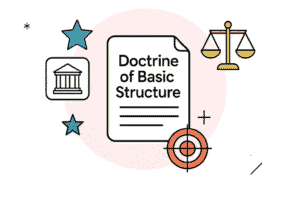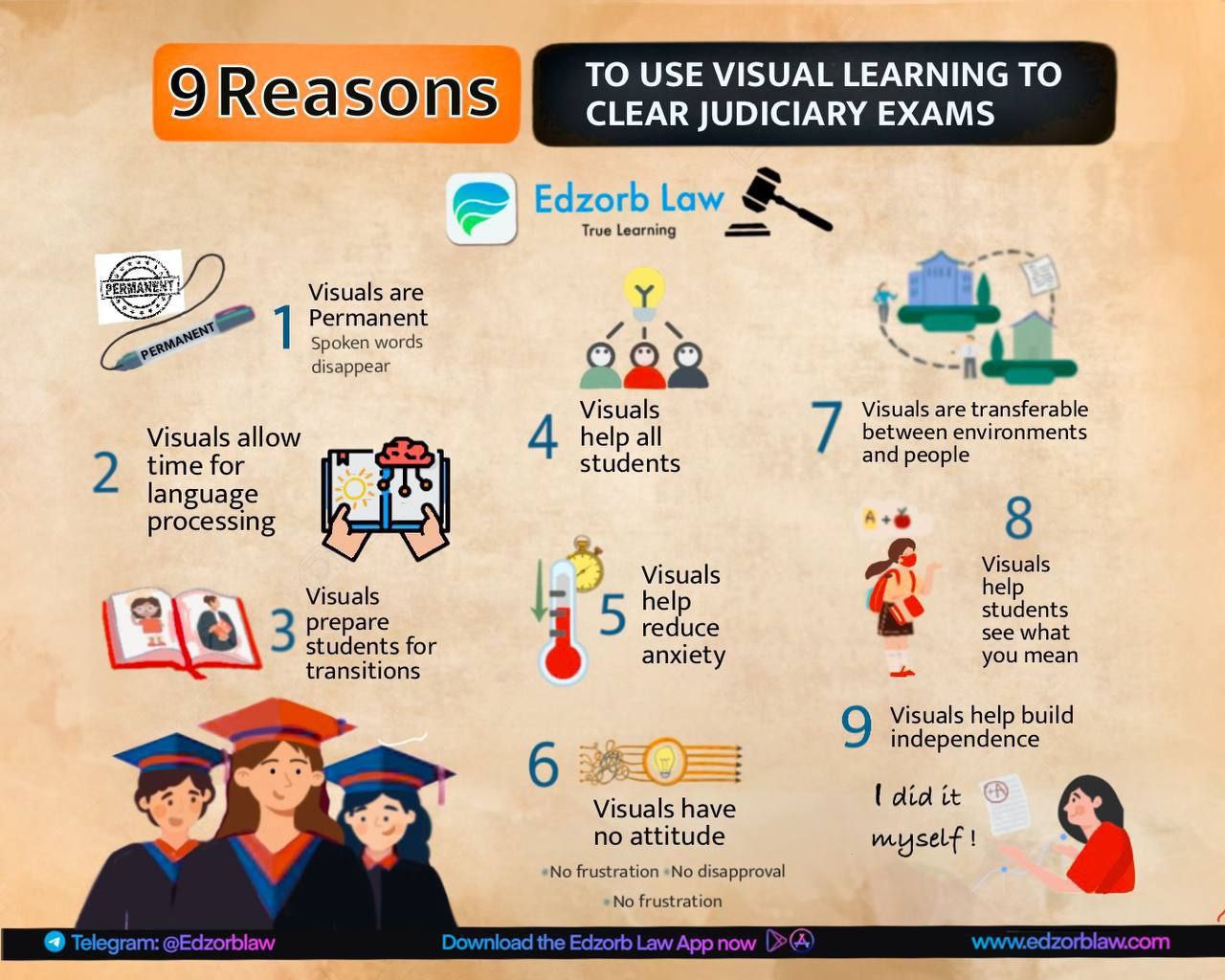Public Interest Litigation (PIL) in India has emerged as a powerful tool for social justice, empowering marginalized communities by enabling the judiciary to address issues that affect the public at large. This legal innovation ensures that even those without direct access to the courts can seek justice.
This blog explores:
- The Role of PIL in Social Justice
- Legal Rights of the Underprivileged in India
- Landmark PIL Cases That Changed the Course of Justice
Origin and Evolution of PIL

How PIL Came into Existence
The concept of PIL took shape in the 1970s following the landmark case:
- Hussainara Khatoon v. State of Bihar (1979) – Recognized the plight of under-trial prisoners languishing in jail without trial, marking a pivotal moment in PIL history.
Key Figures in PIL Development
- Justice P.N. Bhagwati and Justice V.R. Krishna Iyer played instrumental roles in expanding access to justice, empowering ordinary citizens and activists to seek legal redress on behalf of the disadvantaged.
Role of PIL in Social Justice
PIL has been a game-changer in advancing social justice by giving a voice to the voiceless. It has addressed critical issues such as:
- Human Rights Violations
- Gender Justice
- Environmental Protection
- Healthcare and Public Welfare
- Education and Labour Rights
By removing barriers to justice, PIL has ensured that even the most marginalized individuals can fight for their rights.
Landmark PIL Cases in India
- Hussainara Khatoon Vs State of Bihar (1979) – Established the Right to a Speedy Trial.
- Sheela Barse Vs State of Maharashtra (1983) – Addressed custodial violence against women prisoners.
- M.C. Mehta Vs Union of India (1986) – Strengthened environmental regulations, leading to strict pollution controls.
- Vishaka Vs State of Rajasthan (1997) – Defined workplace harassment laws through the Vishaka Guidelines.
How to File a PIL in India?
Filing a PIL is a straightforward process:
- Identify a Public Interest Issue – Should affect a large group or marginalized community.
- File a Petition – Submit it to the Supreme Court or High Court.
- Court Evaluation – The court ensures the issue is of genuine public interest.
- Hearing – Both parties present their arguments before the court.
NGOs, activists, and public-spirited citizens often take the initiative in filing PILs to represent marginalized groups.
Jurist Opinions on PIL
🔎 Justice P.N. Bhagwati:
“PIL is the judicial weapon in the hands of socially conscious citizens to assist the disadvantaged sections of society in securing justice.”
🔍 Justice V.R. Krishna Iyer:
He emphasized that PIL ensures constitutional rights are not just theoretical but deliver real benefits, especially for the poor.
Impact of PIL on Indian Legal System
PIL has significantly transformed Indian jurisprudence by ensuring:
- Prison Reforms and Labour Rights
- Stronger Environmental Policies
- Public Health Initiatives
- Gender and Minority Rights Protection
However, concerns about misuse have led to stricter PIL standards to prevent frivolous cases.
Challenges in PIL
Despite its benefits, PIL faces some challenges:
- Frivolous and Politically Motivated PILs
- Judicial Overreach Concerns
- Lack of Awareness Among Marginalized Groups
Courts now enforce stricter guidelines to ensure PILs are used responsibly.
Advocacy for Human Rights & Environment Through PIL

PIL has been instrumental in:
- Environmental Conservation (M.C. Mehta cases)
- Gender Justice (Vishaka Guidelines)
- Protecting Human Rights and Social Welfare Policies
Conclusion
Public Interest Litigation in India has become an indispensable tool for ensuring justice and upholding social equality. By bridging the gap between the legal system and the underprivileged, PIL continues to shape a more just society.
🌟 “Justice is not just about law; it is about fairness and equality.”
Stay ahead in your judiciary preparation with Edzorb Law, where complex legal concepts become easy to grasp! 🚀📚


 Podcast
Podcast























